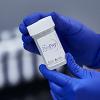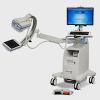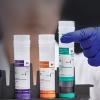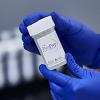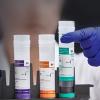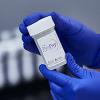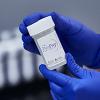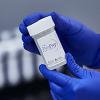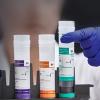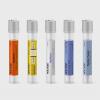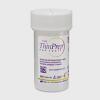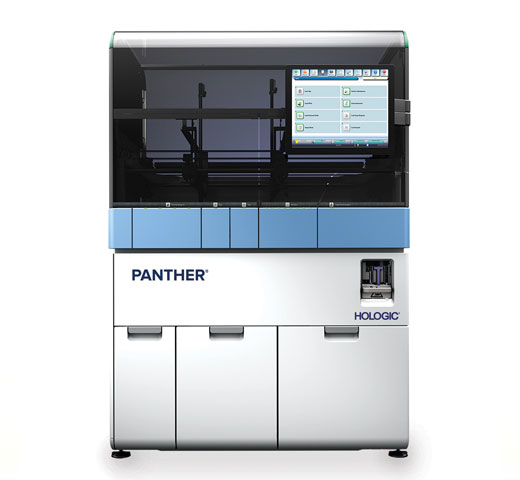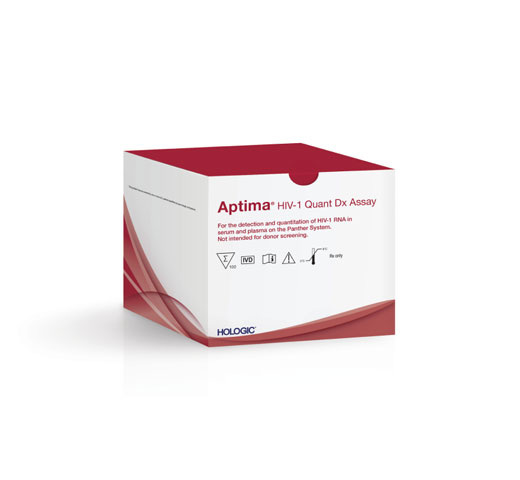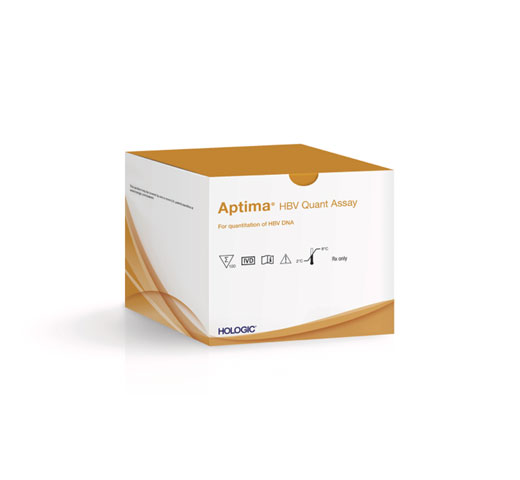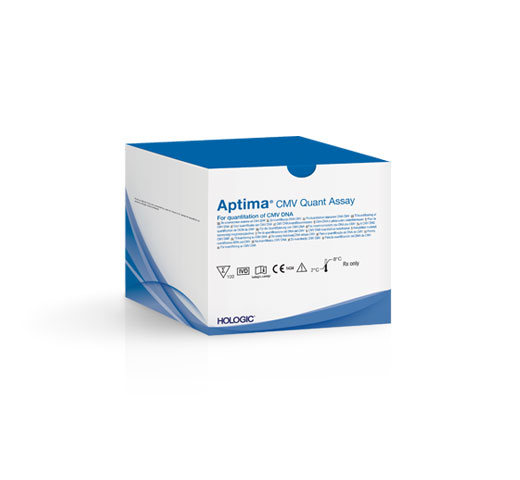Aptima™ HCV Quant Dx Assay
Diagnosis of active infection and viral load monitoring of the Hepatitis C Virus (HCV).1
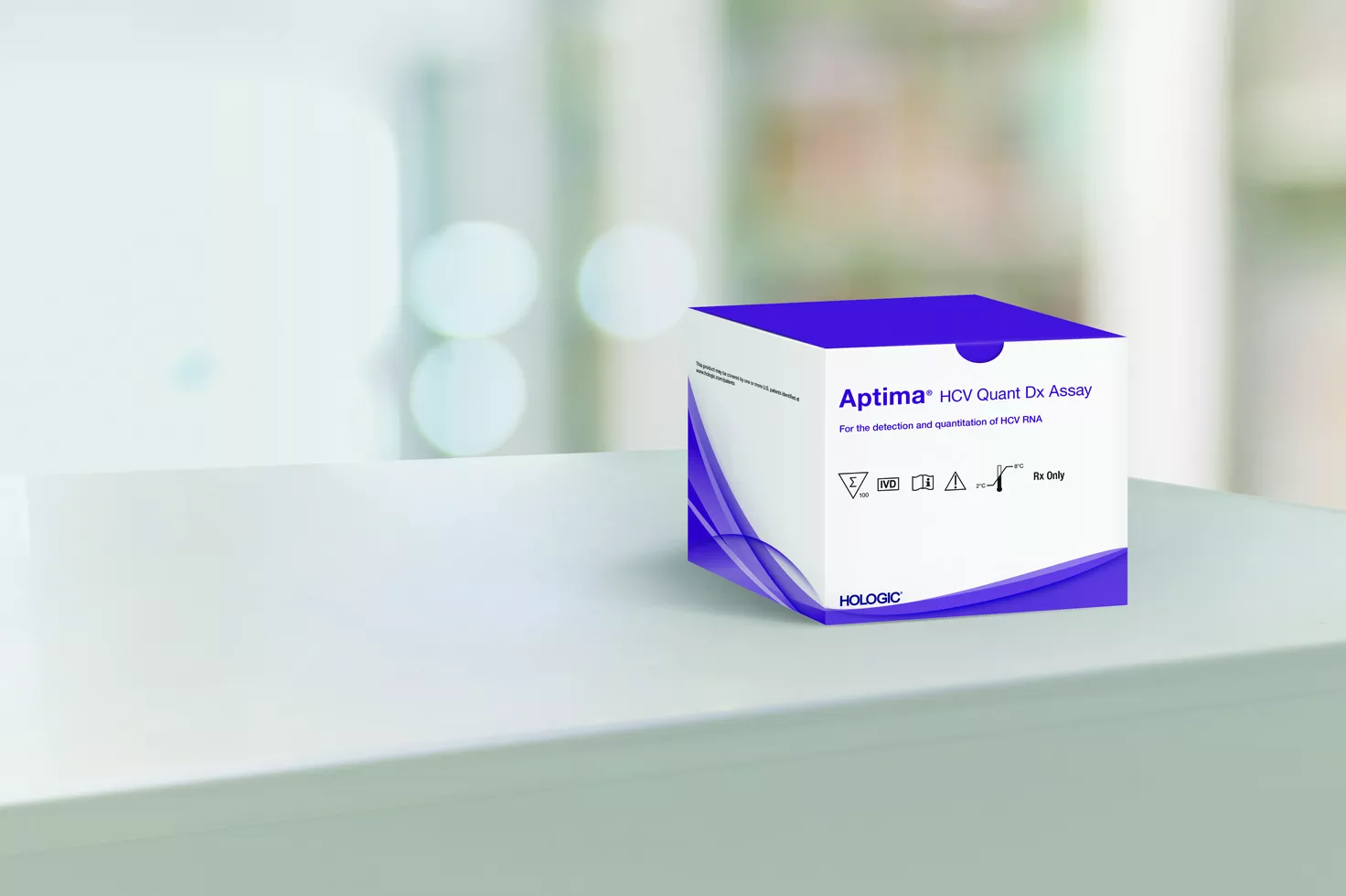
Sensitive Detection
The assay delivers accurate and precise results across all major genotypes. It has excellent sensitivity and high precision, even with low-level viremia samples.1 Running the Aptima HCV Quant Dx assay on the Panther® System combines performance and excellent automation, a combination that delivers sample-to-result within a single integrated instrument.1
Efficient Workflow & Flexible Processing
Sample flexibility EDTA tubes, plasma preparation tubes ACD and EDTA tubes are all validated.1 You can run multiple tests from a single sample. No manual sample preparation with primary tube loading to maintain positive sample identification.
Random Access & Rapid Turnaround Time
No more batching. You can run different test orders from the same sample as they arrive at the laboratory. Rapid turnaround time with first results in just 2 hours, 41 minutes. Prioritises STAT results.2
Automated Analysis & Dilution Factor
Automated QC analysis with Levey-Jennings plots to track and trend controls. Low sample volume option (240 μL) with automated dilution factor, applying automatic dilution factor instead of manual calculations.1,2
Simplify & Scale the Future of Diagnostics
The Aptima HCV Quant Dx Assay is part of the Hologic Molecular Scalable Solution, a portfolio combining a broad, high performing assay menu with high throughput automation. Designed to flexibly scale to meet your needs, from a single patient rapid result to population-level screening.

Excellent Sensitivity & High Precision
Even with low-level viremia samples.1
4.3 IU/mL
Plasma
Limit of detection (LoD)
3.9 IU/mL
Serum
Limit of detection (LoD)
10 IU/mL*
Lower limit of quantitation (LLoQ)
10-100 mil. IU/mL
Linear range
Raising the Standard1 in HCV Testing
- Intended use: Diagnosis of active HCV infection and viral load monitoring
- Technology: Real-time Transcription-mediated Amplification (TMA)
- Target region: Highly conserved region of HCV RNA (5’ UTR)
- Genotypes: 1-6
- Sample types: Plasma and serum

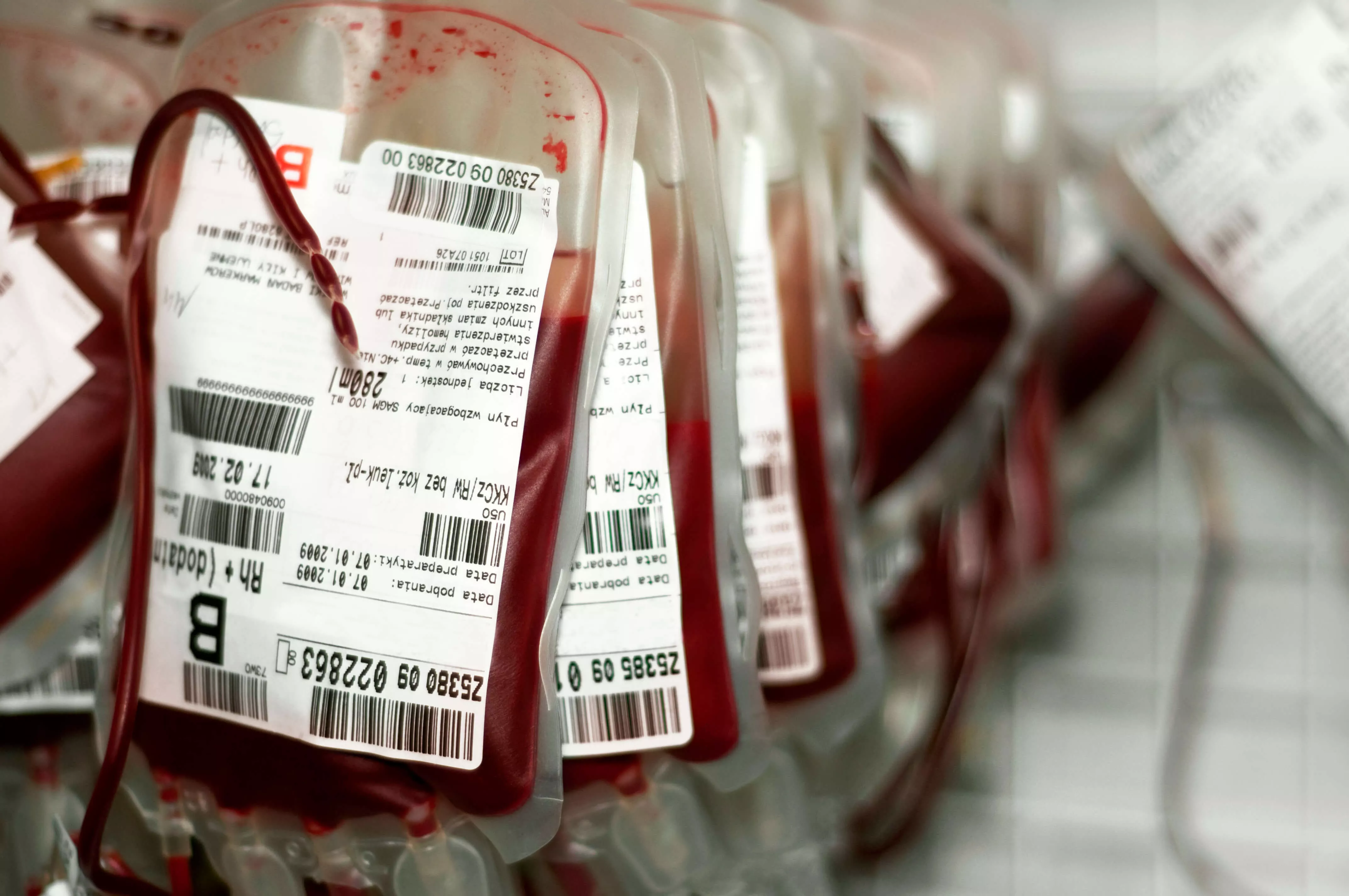
Improving Treatment Globally
HCV is a blood-borne pathogen and a worldwide public health burden, with up to 170 million people infected globally and 350,000 annual deaths due to HCV-related conditions.3,4 Quantitation of HCV RNA (viral load) has played a pivotal role in defining and monitoring successful HCV treatment. Sustained virological response (SVR), defined as undetected HCV RNA after successful therapy, is a key marker for an HCV cure.5,6 In the era of direct-acting antivirals (DAAs), HCV viral load measurements are taken prior to therapy to establish baseline viral load, during treatment for on-treatment responses and after therapy to evaluate SVR (or relapse).4-6
Evidence. Insight. Collaboration.
Our education portal improves patient care through excellence in education, communication of clinical and scientific evidence, and partnerships with the healthcare community.
*The LLoQ was established across genotypes (see package insert “Determination of the Lower Limit of Quantitation (LLoQ) Across HCV Genotypes”). This genotype data establishes an overall LLoQ for the assay of 10 IU/mL.
Aptima HCV Quant Dx Assay [package insert] AW-13249-001. Rev.005 San Diego, CA; Hologic, Inc., 2019.
Panther / Panther Fusion Operators Manual AW-26055-001 Rev. 001
Averhoff FM, Glass N and Holtzman D. Global Burden of Hepatitis C: Considerations for Healthcare Providers in the United States. Clinical Infectious Diseases 2012; 55 (S1): S10-15.
Current and Future Disease Progression of the Chronic HCV Population in the United States (2013) PLOS ONE Volume 8: Issue 5; 1-10.
Rutter, K, Hofer H, Beinhardt, S et al., Durability of SVR in chronic hepatitis C patients treated with peginterferon-α2a/ribavirin in combination with a direct acting antiviral. Aliment Pharmacol Ther. 2013 Jul;38(2):118-23.
Kohli A, Shaffer A, Sherman A, et al. Treatment of Hepatitis C, A Systemic Review (2014) JAMA 2014 Aug 13;312(6): 631-640.
Safety Data Sheets
Package Inserts
Related Products
1434
Hologic BV, Da Vincilaan 5, 1930 Zaventem, Belgium.
Notified Body number wherever applicable



